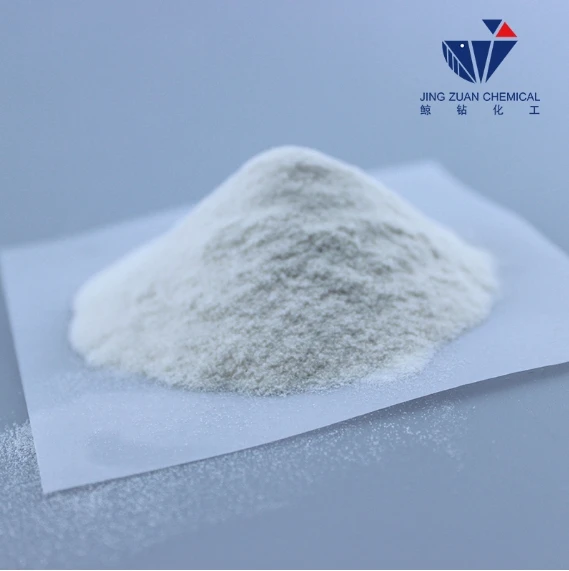
Noy . 25, 2024 03:57 Back to list
Understanding the Importance of Redispersible Polymers in Modern Construction Applications
Understanding Redispersible Polymers Applications and Benefits
Redispersible polymers are an essential component in a variety of industries, providing versatile solutions for enhancing the performance of products across several applications. This article explores what redispersible polymers are, their key properties, and their significant benefits, particularly in construction and coatings.
What are Redispersible Polymers?
Redispersible polymers refer to powdered forms of polymers that can be mixed with water to form a stable dispersion. These materials are typically produced by spray-drying a polymer emulsion, which allows them to maintain their properties in a dry form. Once these powders are reintroduced to water, they can create a thick, stable paste that retains the properties of the original polymer emulsion. Common types of redispersible polymers include polyvinyl acetate (PVAc), styrene-acrylic copolymers, and ethylene-vinyl acetate (EVA), each offering different performance characteristics depending on their chemical structure.
Applications in Construction
One of the most prominent applications of redispersible polymers is in the construction industry. These polymers are commonly used in the production of dry-mix mortars, tile adhesives, self-leveling compounds, and other construction materials. They enhance the adhesion, flexibility, and water resistance of formulations, leading to improved performance and durability.
1. Adhesion Improvement The primary function of redispersible polymers in construction materials is to enhance adhesion properties. For instance, when added to cement-based tiles or adhesives, these polymers significantly improve the bond between the substrate and the tile, preventing failures that can arise from environmental stress or moisture.
2. Flexibility and Elasticity Redispersible polymer powders impart flexibility to otherwise rigid formulations. This is particularly crucial in applications where materials are subjected to movement or temperature fluctuations. For example, in dynamic environments, flexible adhesives minimize crack formation due to expansion and contraction.
3. Water Resistance Incorporating redispersible polymers helps create water-resistant barriers in construction materials. This quality is vital for maintaining the integrity of structures exposed to rain or moisture, minimizing the risk of damage.
redispersible polymer

4. Workability and Application Redispersible polymers improve the workability of various formulations, making it easier to apply and spread them on different surfaces. This feature is vital for contractors and builders who require user-friendly materials that save time and labor during application.
Benefits in Coatings
In addition to construction, redispersible polymers are also valuable in coatings, paints, and sealants. They provide coatings with excellent adhesion to various substrates, durability, and resistance to water and chemicals.
1. Enhanced Durability Coatings formulated with redispersible polymers tend to have higher film-forming capabilities, leading to durable finishes that can withstand various environmental conditions. This results in longer-lasting products that require less frequent maintenance or reapplication.
2. Improved Aesthetics These polymers can also contribute to the aesthetic quality of coatings, offering a smoother finish and a wider range of colors. The ability to control texture and appearance makes them a popular choice among manufacturers.
3. Environmental Resistance Coatings formulated with redispersible polymers exhibit enhanced resistance to UV light, moisture, and temperature fluctuations. Such properties are essential in household painters and industrial applications where environmental factors can significantly impact performance.
Conclusion
Redispersible polymers have carved an essential niche in modern materials science, particularly within the construction and coatings industries. Their versatility, combined with benefits like improved adhesion, flexibility, and durability, make them indispensable in producing high-performance products. As research continues and technology advances, the scope of redispersible polymers is likely to expand, offering even more innovative solutions across various sectors. Their role in enhancing material performance not only contributes to better structural integrity and aesthetics but also supports sustainable practices in an ever-evolving industrial landscape.
-
Versatile Hpmc Uses in Different Industries
NewsJun.19,2025
-
Redispersible Powder's Role in Enhancing Durability of Construction Products
NewsJun.19,2025
-
Hydroxyethyl Cellulose Applications Driving Green Industrial Processes
NewsJun.19,2025
-
Exploring Different Redispersible Polymer Powder
NewsJun.19,2025
-
Choosing the Right Mortar Bonding Agent
NewsJun.19,2025
-
Applications and Significance of China Hpmc in Modern Industries
NewsJun.19,2025







